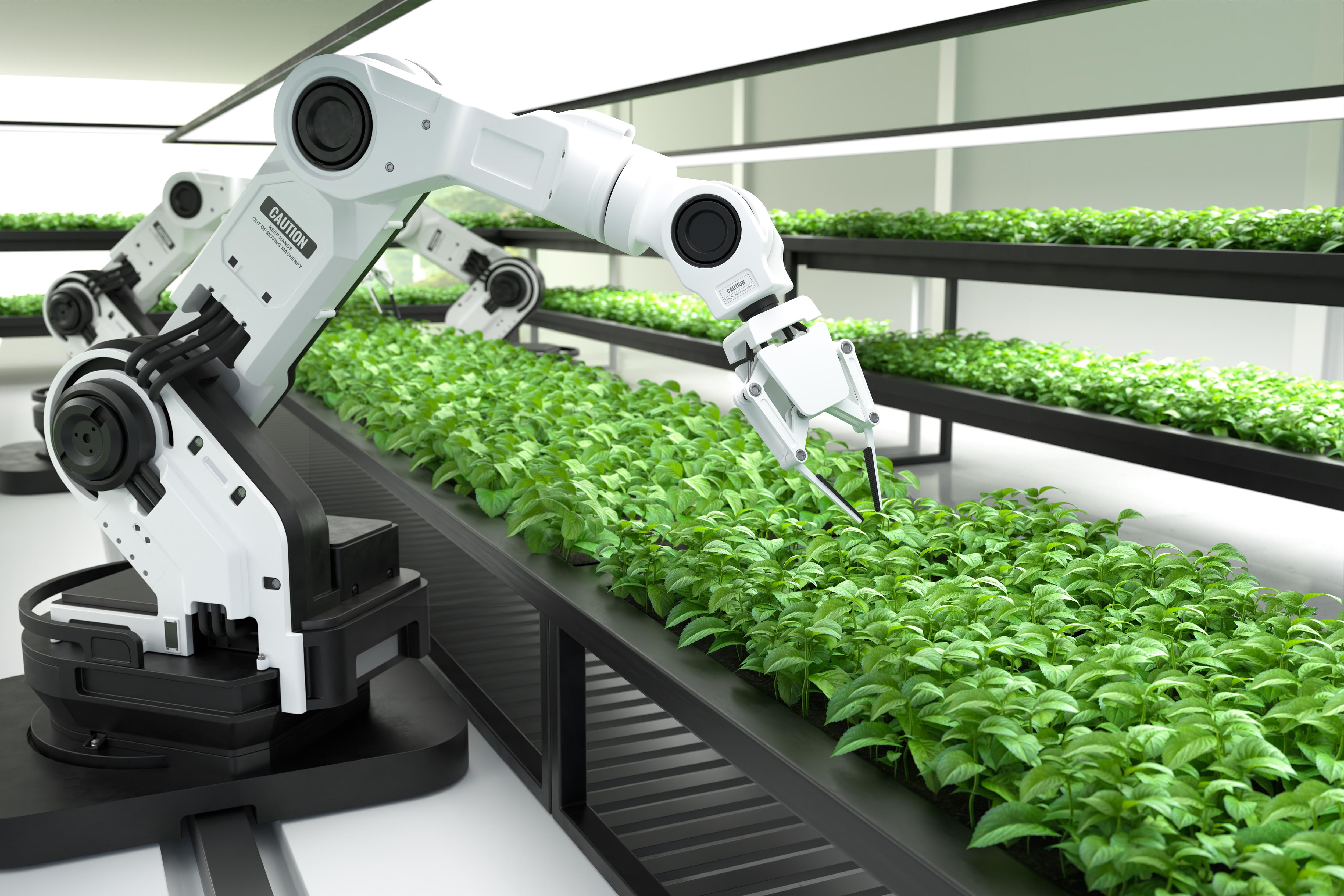Evolving with AI and Robotics
Technology has come a long way fulfilling human needs and meeting human expectations. Despite its fast growth in the modern era, it is not sufficient enough to solve many human problems. Since technology is a product of human intelligence, the idea of embedding intelligence into the modern machines for advancing technology has come into picture that is also known as artificial intelligence (AI). Though the term “artificial intelligence” has been heard more often in the recent years, this term was originally coined in the year 1956 at Dartmouth Conference.
Since AI itself is a very broad field, it is divided into many branches where one of the main branches is Machine Learning (ML). As the name suggests it focuses on making a machine learn by observing patterns in the already gathered data and use it as an experience to work on an unknown data. Deep Learning (DL) that is a subset of ML focuses on making a model train itself by associating ML with neural networks. It is similar to how the human brain works with neurons.

AI has brought a huge evolution in various fields like healthcare, e-commerce, agriculture, data science, computational models, cyber security, gaming, robotics and many more as it has increased their efficiency. In the field of robotics, we can take the very significant example of the humanoid robot Sophia developed by the Hanson Robotics company that became the first robot ever to receive citizenship and is now a Saudi Arabian citizen. NASA’s space exploration has found AI very helpful in finding and analyzing map patterns of galaxy, planets and stars that was not possible by humans. NASA’s Curiosity rover sent to Mars is intelligent enough to avoid obstacles and can detect the best route. Some applications of healthcare have also incorporated robotics, for example, prosthetics to help people with disabilities having missing parts of human body. A robotic hand with AI can receive motor signals from the individual to move fingers that can grasp or manipulate objects. An artificially intelligent leg has also been developed that can not only help in walking but also help in mimicking the biological leg by crossing over an obstacle by itself.
There are many more of applications where AI has become an extension to technology in solving real life problems. As humans we have been evolving with technology and with AI in robotics this evolution is now happening in a much faster pace. It has now become very exciting to look forward to the way AI is going to make an impact on humanity in the current and upcoming generations.
Author

Shalini Das (19BAI10139)
Featured Project
Upcoming Conference


